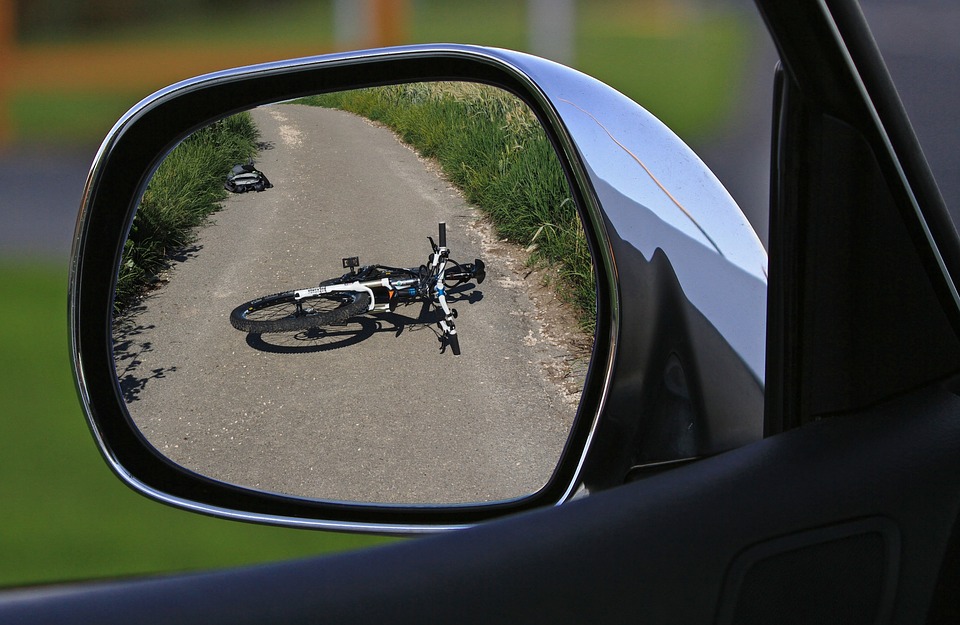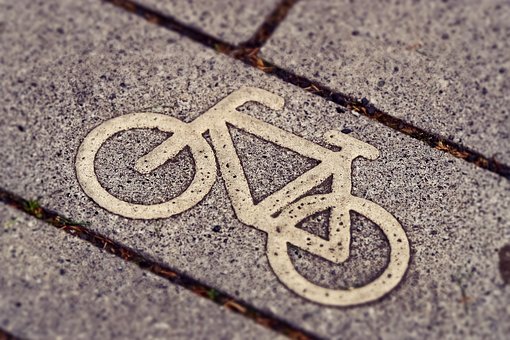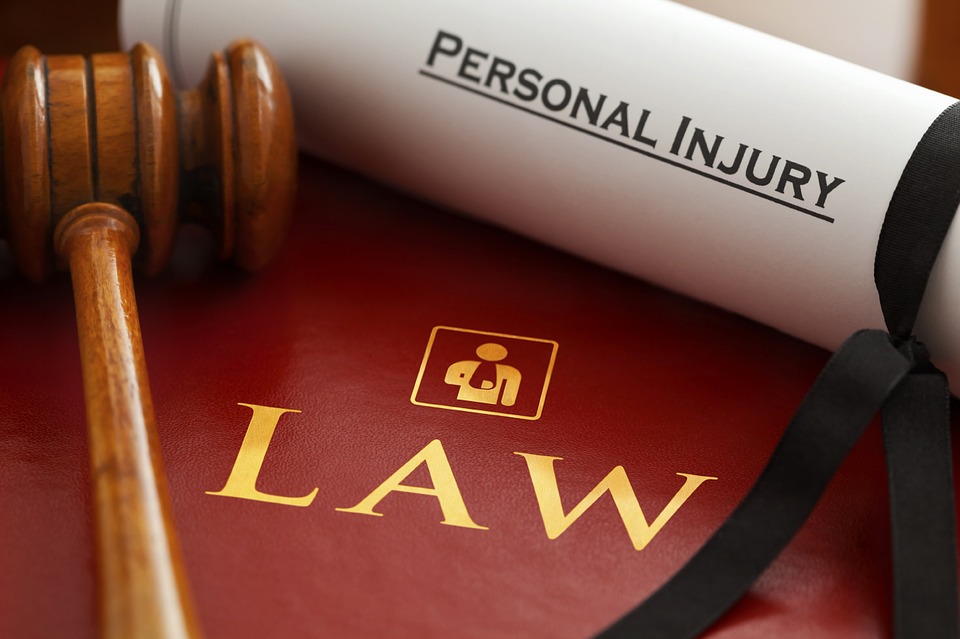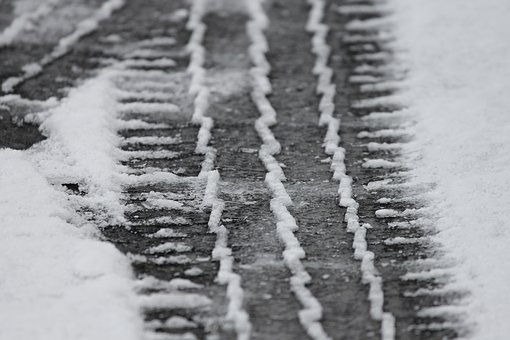
Have you been injured as a passenger on Public Transport?
An Accident on Public Transport can happen at any time and in any place. As a customer travelling on public transport you are trusting the driver of the vehicle with your safety. There are a number of health and safety rules in place on public transport to ensure the safety and well-being of all passengers, however unfortunately accidents do still occur. Here’s a few examples of accidents that can cause injuries on the most commonly used modes of public transport.
Bus
The chances of being injured if involved in an accident on a bus are higher as it is not a legal requirement for them to have seatbelts for passengers. As buses are on the road they can easily be involved in collisions with other vehicles which can jolt passengers out of their seats, causing injuries.
You can be injured on a bus as a result of an accident not involving a collision with another vehicle, such as if the bus driver brakes suddenly or is driving recklessly as these actions can cause passengers to be thrown from their seats or fall over if they are standing or have not yet reached their seat after getting on the bus.
If you’ve been involved in an accident on a bus be sure to let the bus driver know you have been injured. Make sure to obtain the registration of the bus you were travelling on as well as the registrations of any other vehicles involved if possible. Make a note of the bus number and if possible the location of the accident. We do also ask that you keep hold of the bus ticket or bus pass used on the journey when the accident occurred.
Train
Accidents on trains are less common but do still happen, these can be as a result of hazards on the trains or crashes caused by debris on the tracks or a drivers error. It is important that potential hazards are all clearly signposted for people to see such as if there is a big step down from the train to the platform and making sure people can clearly see restrictions of the platform of where is and isn’t safe to stand. Injuries can happen on trains due to technical faults such as emergency breaks activating or faulty doors trapping people in them. Defective or damaged components on trains can also cause injury such as sharp protruding objects or damaged seats.
If you’ve been injured make sure a formal report is made in the accident book, there should be one in every train station. If injured on a train be sure to make a note of which train you were traveling on, where you got on it at which time and where it was going, as well as the rail company. Also be sure to take photos if injuries were as a result of defective components.
Taxi
When you are a passenger in a taxi, you expect the driver of the vehicle to drive safely and follow the rules of the road, as they are responsible for your safety. If you are injured in an accident as a passenger in a taxi, you have every right to make a claim for personal injury.
Make sure that the driver is aware you have been injured, take note of the registration of the vehicle you are in as well as the driver number, name and taxi company. Try to make a note of the accident location and if possible take photos as evidence. If the accident was the fault of another vehicle try to obtain their registration and driver name.
If you’ve been injured in an Accident on Public Transport travelling in the last 3 years, call our team at Gowing Law today on 0161 464 4444!





Recent Comments